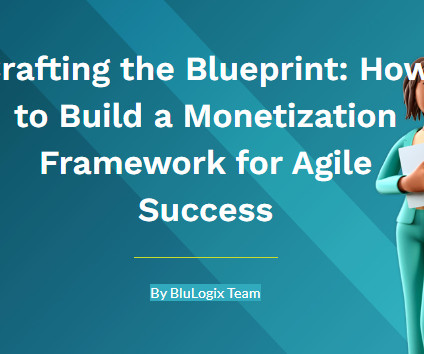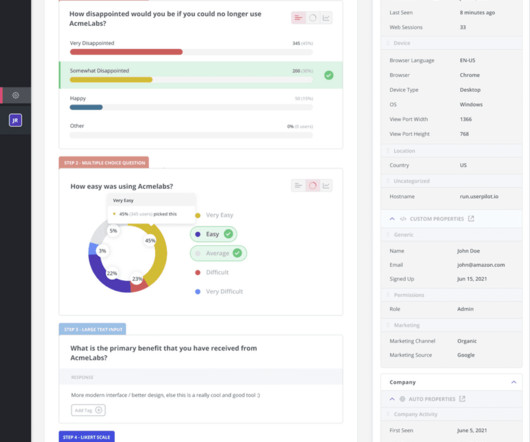Crafting the Blueprint: How to Build a Monetization Framework for Agile Success
Blulogix
FEBRUARY 11, 2024
Crafting the Blueprint: How to Build a Monetization Framework for Agile Success By BluLogix Team A Step-by-Step Guide to Architecting Your Monetization Strategy In the dynamic realm of agile monetization, constructing a robust Monetization Framework is akin to drafting a master blueprint for a skyscraper.














Let's personalize your content